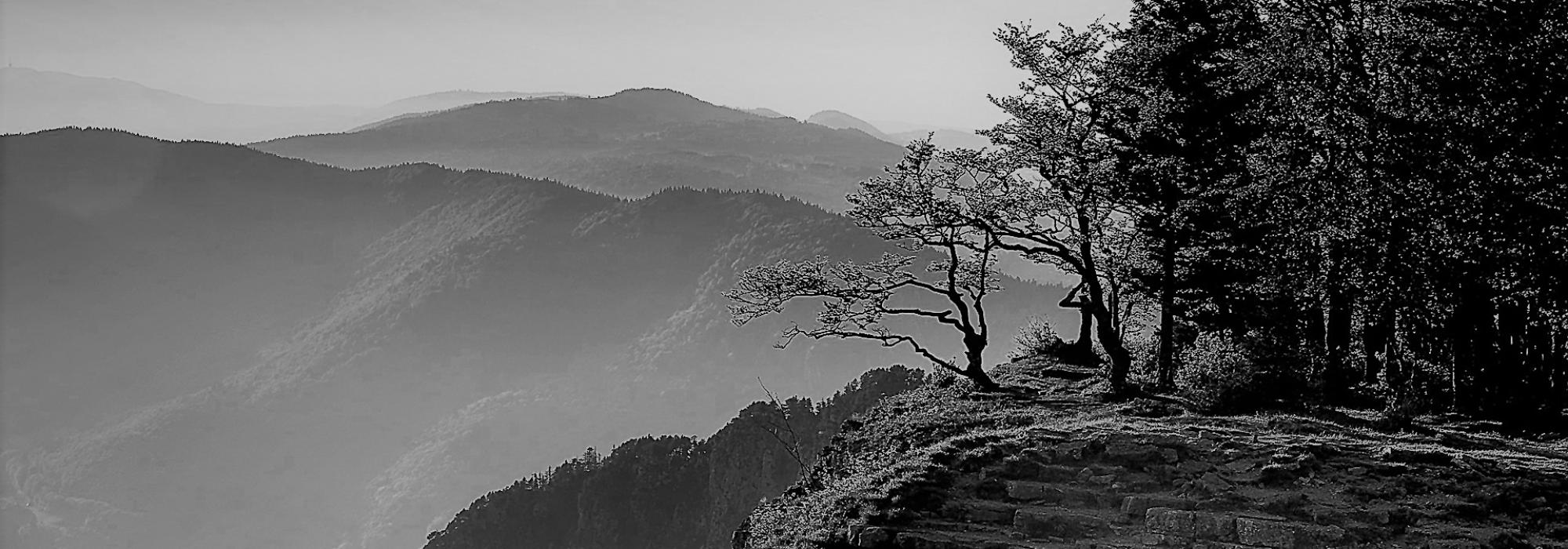Über-human and sub-human characters do not produce rasa unless they are ‘humanized’ – this is a fundamental tenet of aesthetics. A great poet knows from experience that his work will gain depth only when the characters pass through various trials involving basic human feelings such as love, fury and hatred. Vālmīki and Vyāsa, Kālidāsa’s predecessors, have portrayed their protagonists as human beings through and through. They have succeeded not just in highlighting the mortal weaknesses of Rāma and Kṛṣṇa but in drawing attention to their inherent greatness. Kālidāsa has followed their lead in his portrayal of Śiva. This is something that poets driven solely by blind devotion or dry rationality can never achieve. Devout poets typically assume that by choosing to write on a deity or a spotless personage, their works acquire depth and they become great themselves. Similarly, ‘intellectual’ poets typically assume that they are being objective in emphasizing the flaws and failings of great characters. Both are mistaken. Virtues and vices both exist, yes. The truth lies in proportion. If virtues outnumber the vices, that should be enough for us. That is ‘truth’ within our reach. One should be aware of human limitations and defects; but should never celebrate those. Kālidāsa has expressed this in a memorable line: ‘Eko hi doṣo guṇasannipāte nimajjatīndoḥ kiraṇeṣvivāṅkaḥ,’ ‘A multitude of virtues submerges a single blemish like the moon’s rays mask its spot.’ (Kumārasambhava, 1.3)
There is a common feeling that Sanskrit poets disregard other Indian languages. This is unfound. The alleged rift between mārga and deśī (loosely, classical and folk) is being debated since centuries. The truth is: Sanskrit poetry has never caused or encouraged disharmony among various Indian languages or between mārga and deśī. Kālidāsa has spoken in support of this stand in Kumārasambhava. He suggests that during the wedding of Śiva and Pārvatī, Sarasvatī blesses the couple in two ways: the groom with a well-structured Vedic mantra and the bride with an easily understandable folk song composed in the local language:
द्विधा प्रयुक्तेन च वाङ्मयेन
सरस्वती तन्मिथनं नुनाव।
संस्कारपूतेन वरं वरेण्यं
वधूं सुखग्राह्यनिबन्धनेन ॥ (७.९०)
Commenting on this verse, Mallinātha explains ‘saṃskārapūtena vāṅmayena’ as ‘speech that is refined by grammar’ and ‘sukhagrāhyanibandhanena’ as ‘an utterance in the Prakrit language.’
In later times, aestheticians such as Daṇḍī, Vāmana, Ānandavardhana, Rājaśekhara, Bhoja, Kṣemendra and Hemacandra have upheld Kālidāsa’s stand: Daṇḍī has mentioned a variety of Prakrits (Kāvyādarśa, 1.33–38). Starting from Vāmana, scholars of literary theory have used Prakrit verses as examples to substantiate their theories. Ānandavardhana, seeking to illustrate various forms of poetic suggestion, has used Prakrit verses at the very outset of his treatise. Bhoja and Hemacandra have referred to hundreds of Prakrit verses. Rājaśekhara calls a poet par excellence as ‘Kavirāja’ and explains that he is one who can compose poetry in all Indian languages (Kāvyamīmāṃsā, chapter five, p. 19). Kṣemendra instructs budding poets to develop interest in folksongs and various Indian languages (Kavikaṇṭhābharaṇa, 1.17).
Let us now move on to Raghuvaṃśa, the fruit of Kālidāsa’s mature poetic talent. This epic poem holds within itself a host of insights into literary theory. The first verse itself is extraordinary:
वागर्थाविव सम्पृक्तौ वागर्थप्रतिपत्तये।
जगतः पितरौ वन्दे पार्वतीपरमेश्वरौ॥ (१.१)
I bow to Śiva and Pārvatī, the parents of the world who are inseparable as word and meaning, to gain a correct understanding of sound and sense.
This verse has several remarkable facets. I cannot here explain all the features of this beautiful verse. I shall confine the analysis to those aspects that are significant to literary theory. For the first time, this verse matches the concept of ardhanārīśvara (the divine union of Śiva and Pārvatī) with vāgarthādvaita (inseparability of word and meaning). Kālidāsa has wedded the abstract to the real by likening words and meanings to Śiva and Pārvatī. This idea has livened up the simile. Although Śiva and Pārvatī are complete in themselves, they come together to find further fruition. Similarly, the form and content of poetry should come together in mutual support although they are self-complete at their individual levels. The words vāk and artha do not mean words and their respective meanings. If that were the case, the comparison with Śiva and Pārvatī would have stopped making sense at their external attributes. The words actually refer to the ‘structure’ and ‘substance’ of poetry. The first relates to aspects of composition; the latter connotes aspects of enjoyment. In the language of Indian aesthetics, the former is vakrokti and the latter, rasa. The term śabdārthau that aestheticians use while defining poetry should be understood in this manner.
The dual case in the word vāgarthau hints at a duality that is true only in a limited, mundane sense. The emphasis here is on unity, inseparability. Kālidāsa has suggested this in three ways:
To be continued.
















































